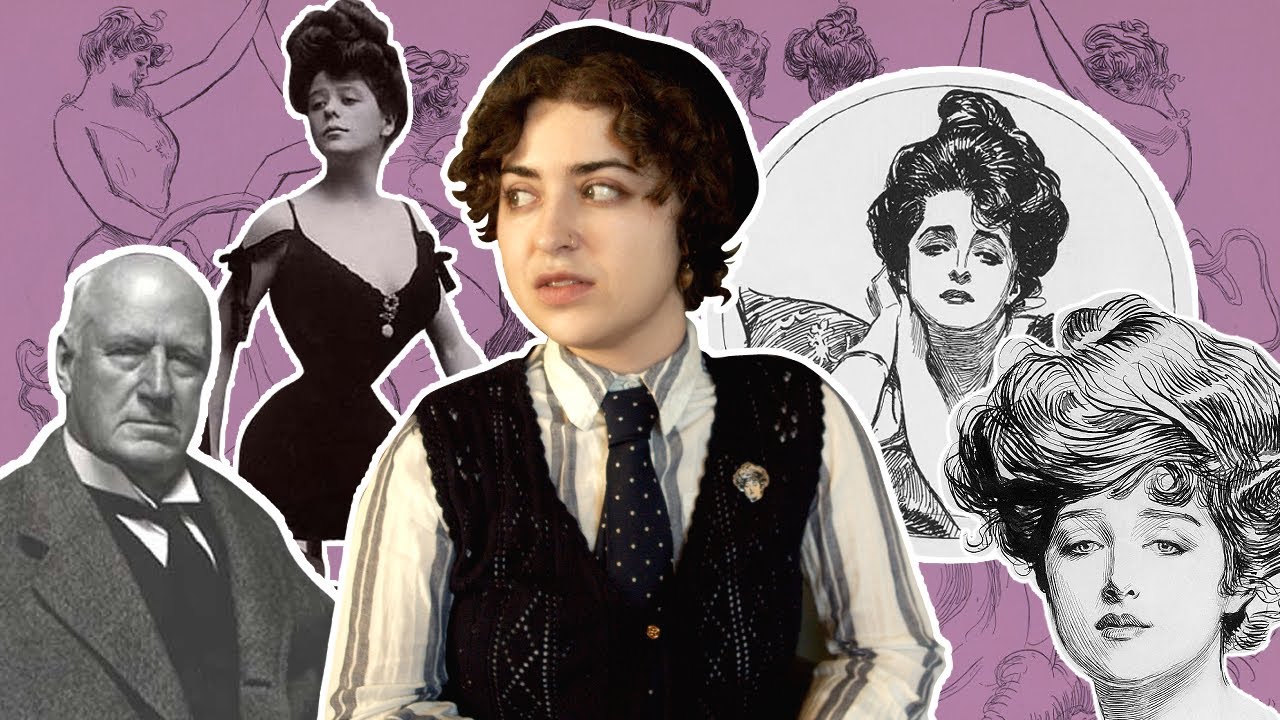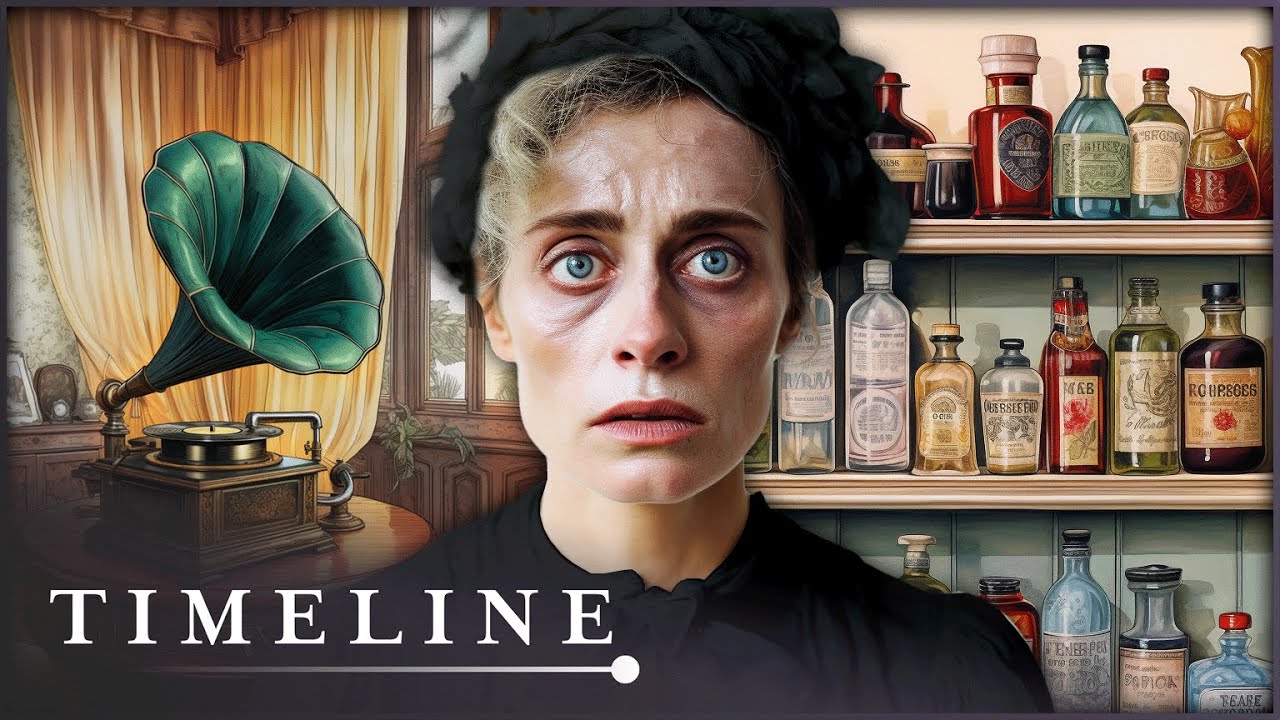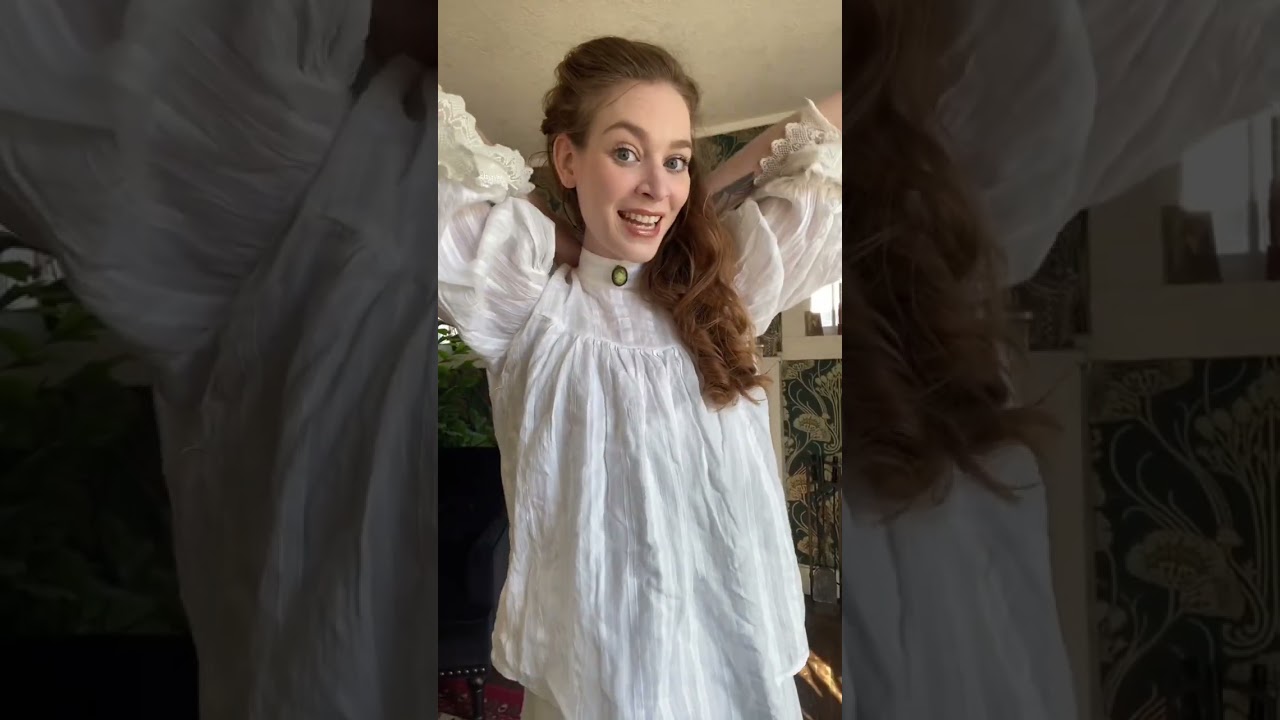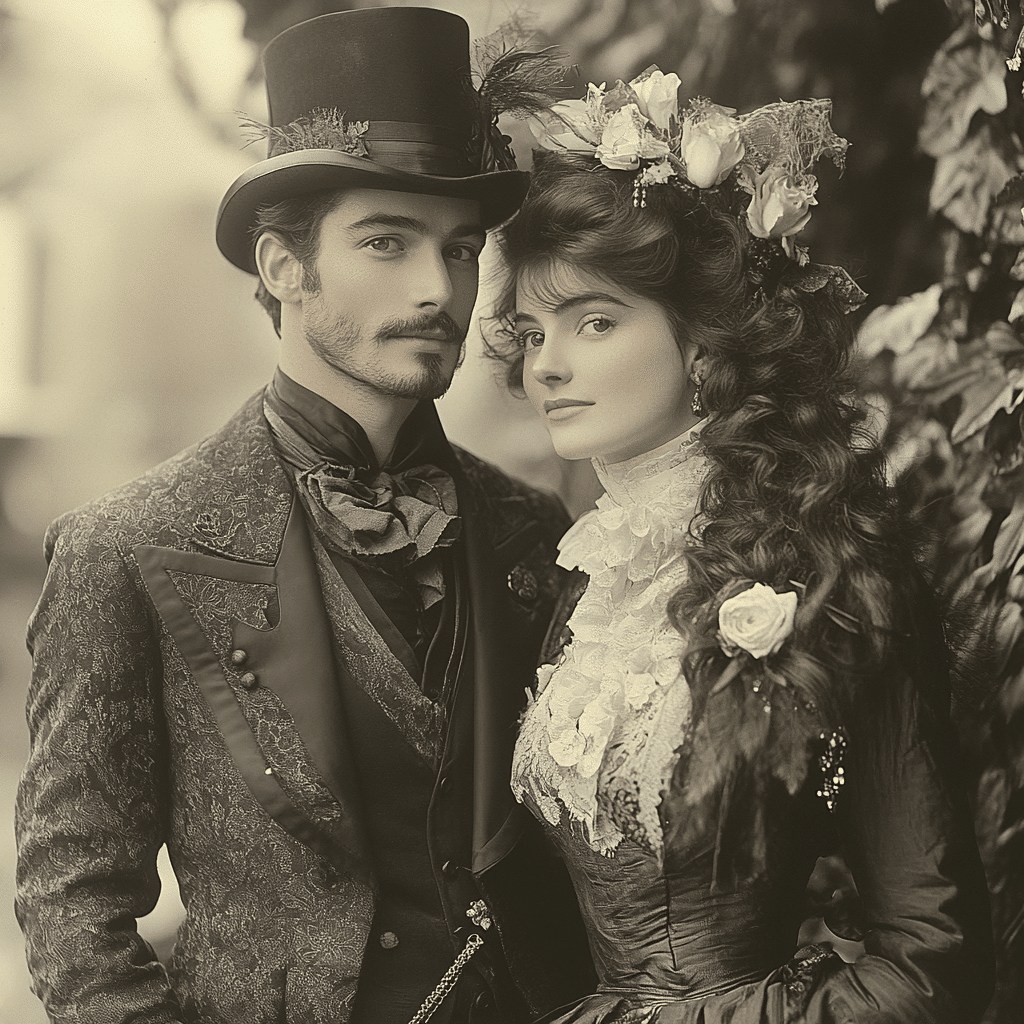
Edwardian Era A Time Of Elegance And Change
The Edwardian Era Defined: A Blend of Style and Transformation
The Edwardian Era, spanning from 1901 to 1910, stands as a monumental period, impacted significantly by the reign of King Edward VII. Often viewed through the lens of grandeur, this decade brims with elegance, evident not only in fashion but also in architecture and the arts. However, it wasn’t just about the glitz; this era also laid the groundwork for social transformations that would shape modern Britain. To grasp the essence of the Edwardian Era, we’ll explore seven key themes that encapsulate its spirit, marking it as a time of profound elegance and change.
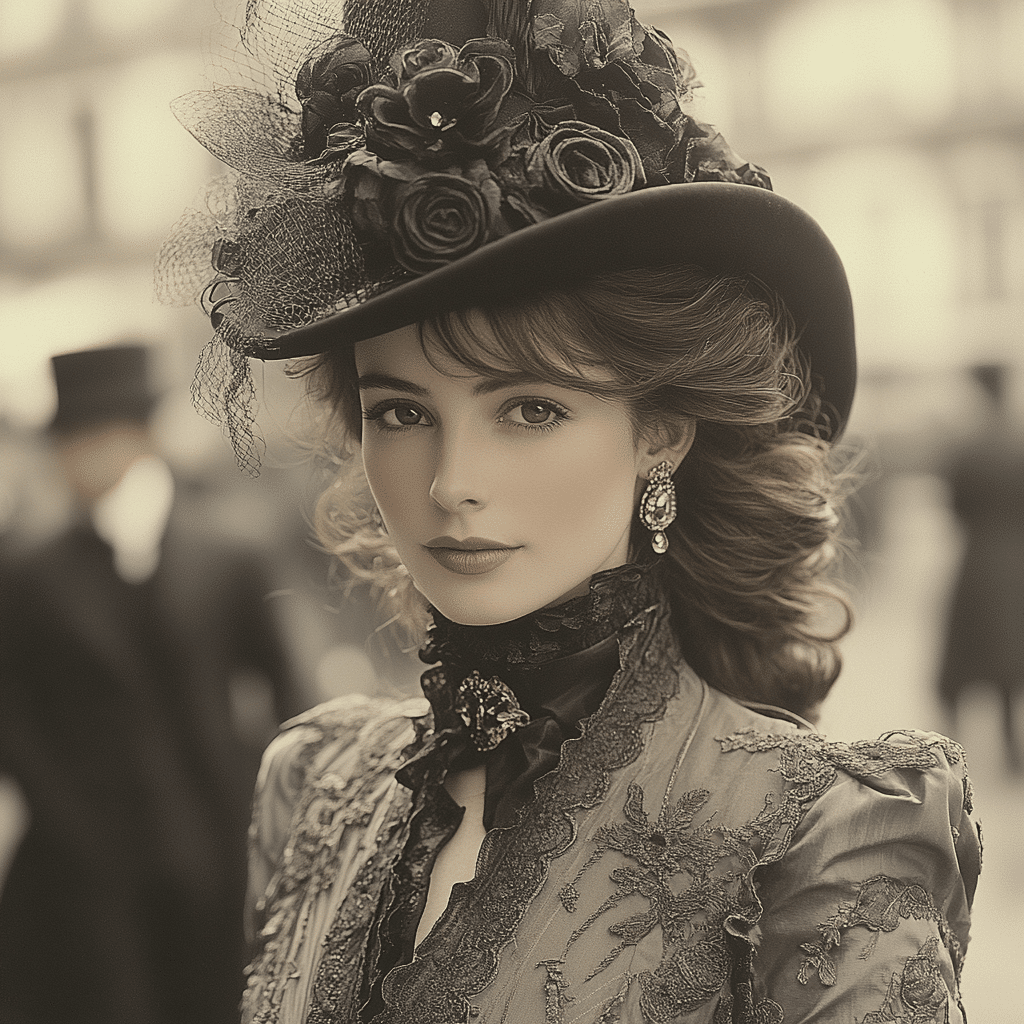
Top 7 Themes of Elegance and Change in the Edwardian Era
1. The Rise of the Modern Woman: Fashion and Empowerment
One standout feature of the Edwardian Era was the emergence of the modern woman, who sought both freedom and elegance in her clothing. Fashion designers like Lucile (Lady Duff Gordon) championed this shift, turning clothing into a symbol of empowerment. The “S-bend” corset epitomized this transformation, offering a new silhouette that sparked debates around femininity and women’s rights.
Women became the drivers of style, stepping out not just with flair but also with newfound confidence, which was a paradigm shift from past societal norms. They began to redefine their place both in social circles and in the broader societal landscape. As the Edwardian Era progresses, this push toward personal expression will only gather strength.
2. Architectural Innovations: From Beaux-Arts to Arts and Crafts
The architectural landscape of the Edwardian Era saw a fascinating evolution, transitioning from the opulent Beaux-Arts style to a more grounded approach found in the Arts and Crafts movement. Architects like Edwin Lutyens championed a style that married clean lines with functionality, creating stunning homes like Munstead Wood. This movement, focused on craftsmanship and personal spaces, mirrored the societal desire for comfort amidst rapid industrialization.
Edwardian homes often featured symmetrical facades with evenly spaced windows and doors, cultivating an aesthetic that respected both elegance and simplicity. This architectural shift brought a sense of intimacy to residences, inviting the notion that beauty could exist in the everyday.
3. The Influence of Technology: The Birth of the Edwardian “New”
Technological advancements defined the Edwardian Era, particularly in transportation. With the railway system expanding, urbanization surged, fostering social mingling that was once impossible. The era embraced innovation, as exemplified by Marconi’s pioneering wireless communication, which revolutionized how people shared information.
Luxury liners like the RMS Lusitania transformed travel, combining elegance with ease. Suddenly, leisure was no longer reserved for the elite; more people had the chance to explore the world around them, reshaping leisure into a shared cultural experience rather than an exclusive privilege.
4. The Arts: A Flourishing of Creativity
Artistic expression boomed during the Edwardian Era, showcasing an exciting array of creativity. Authors like E.M. Forster and Virginia Woolf broke down literary barriers, infusing originality into their works. Meanwhile, theatre flourished, thanks in part to playwrights like J.M. Barrie, whose works enchanted audiences and reflected deeper societal questions.
The establishment of the Royal Academy of Dramatic Art in 1904 signified a commitment to nurturing talent, forging links between the theatrical world and societal reflection. Casablanca might be the darling of Hollywood, but it’s the Edwardian creativity that shaped many contemporary narratives.
5. Global Influences: The British Empire Expands
With the British Empire at its zenith during the Edwardian Era, cultural exchanges blossomed. Influences from colonized lands infiltrated British society, reshaping norms and tastes. Indian textiles, for example, became a hot commodity in British fashion, altering the way the upper class dressed, while art movements like Orientalism colored the aesthetics of the time.
Artists such as John Singer Sargent reflected these global influences in their works, creating pieces that resonated with both beauty and complexity. However, this cultural blend also stirred debates around colonial identity, raising pertinent questions about appropriation that continue to echo today.
6. Social Hierarchy and Class Distinctions
Despite the elegance often associated with the Edwardian Era, it was also marked by glaring class divisions. The burgeoning middle class challenged the old aristocracy, as companies like Cadbury transformed consumer habits through innovative marketing. Chocolate became a symbol of middle-class indulgence, shifting luxury to the masses.
While new social dynamics took shape, resistance from traditional aristocrats brewed tensions that resonated through literature and political discourse. Class struggles depicted in the works of authors like E.M. Forster provided a gripping lens through which to view the complexities of Edwardian society.
7. The Prelude to Change: The Seeds of Reform
As the Edwardian Era unfolded, it also became a breeding ground for political change. Social reform movements gained momentum, highlighted by the suffragist efforts of women like Emmeline Pankhurst. Advocating for women’s rights, these activists not only sought the vote but also ignited a broader conversation about civic rights and equality.
The societal agitation for reform beneath this elegant exterior foreshadowed the storm of World War I that would soon upend many of the era’s values. Yet, the groundwork laid during this time ultimately crafted the modern political landscape, reshaping how society viewed rights and privileges.
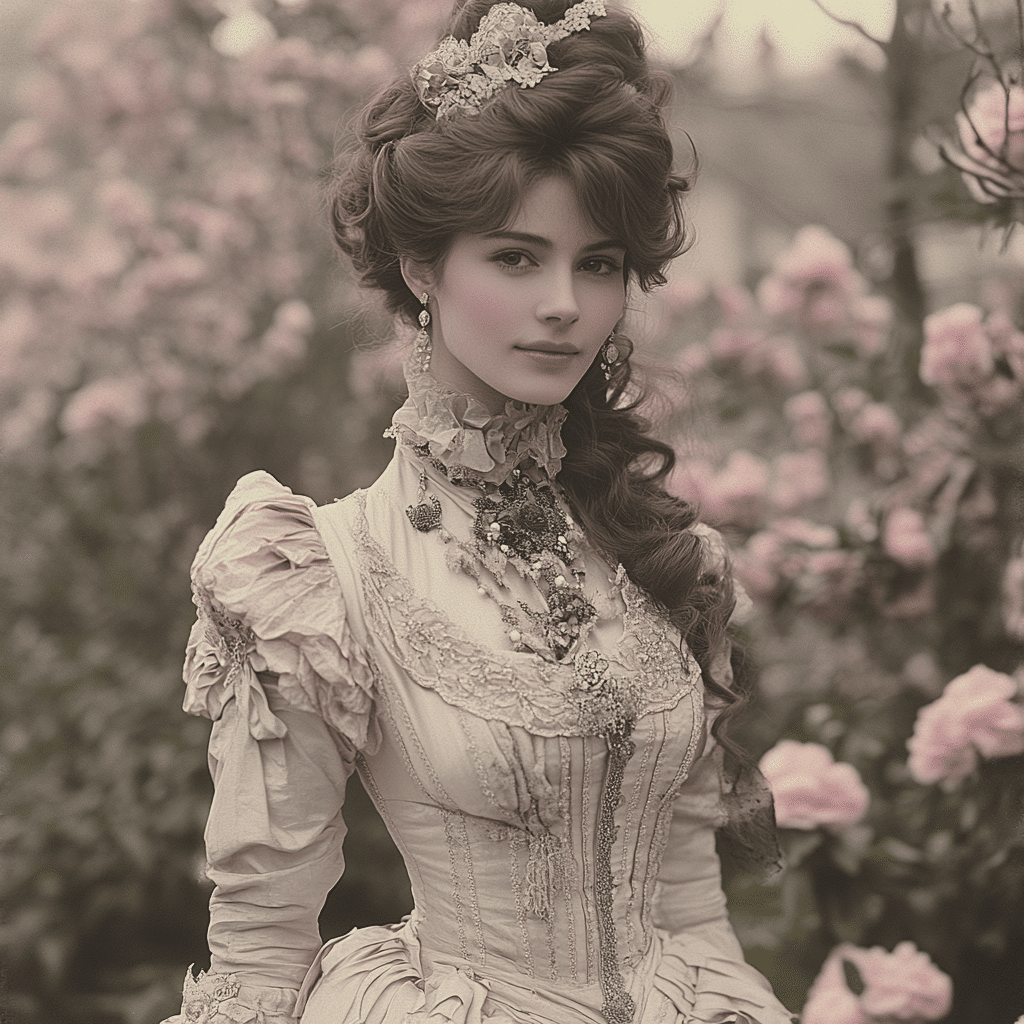
Reflecting on the Edwardian Legacy: Elegance in Transition
Looking back at the Edwardian Era, it becomes clear that this decade was a tapestry woven from beauty, innovation, and change. As it drew to a close, it signified the end of not just an age of elegance but a moment poised on the cusp of modernity. The echoes of this transformative period resonate today, reminding us that true elegance transcends mere aesthetics; it often arises from the courage to challenge norms and embrace the winds of change.
In 2024, as we navigate our own societal shifts—be it the emergence of new technologies, evolving gender roles, or class struggles—the lessons from the Edwardian Era linger. It teaches us that beauty and progress often walk hand in hand, illuminating paths toward a more cohesive and equitable world.
While the Edwardian Era may have faded into history, its spirit continues to inspire filmmakers and storytellers, who reflect on themes of resilience and transformation. So the next time you sit back to enjoy a film, think about the elegance of this era and the profound changes that shaped not just Britain but the entire world.
Edwardian Era: A Time of Elegance and Change
Fashion and Lifestyle of the Edwardian Era
The Edwardian era, which roamed from around 1901 to 1910, painted a vibrant picture of fashion, culture, and societal shifts. One of the most fascinating aspects was the evolving fashion sense, where ladies flaunted extravagant gowns with corsets that showcased their hourglass figures. Think about how Kerri Quinns style today draws inspiration from such elegance, blending vintage vibes with modern flair. The era also witnessed the introduction of the “new woman, who broke away from traditional roles and embraced independence, much like the generations that would follow.
Interestingly, while the upper class enjoyed lavish soirées, the working class oftentimes contended with issues such as the Baltimore city Water parasite—an unlikely culprit that clouded the charm of life during this period. Socially, the Edwardian era highlighted class distinctions that were as prominent as the opulent balls thrown in grand manor houses. Royalty Family gatherings were luxuriously extravagant, showcasing the wealth of the elite, while the common folk sought entertainment in simpler games and community events. This period of change laid the groundwork for what would come in the roaring twenties, with shifts that echoed through societal structures.
Arts, Literature, and Beyond
The arts flourished in the Edwardian era, with literature making notable strides. Authors like E.M. Forster and Saki captivated readers with their sharp wit and observation of social mores. It’s amusing to think that some of those narratives parallel to the thrilling twists from shows like Survivor Cagayan, where characters navigate through dramatic environments. Beyond books, artists also found inspiration in the Edwardian aesthetic, bridging the gap between the old traditions and the modern movements that were just around the corner.
And it wasn’t only about literature. The era saw the birth of new sports and recreational activities. In fact, the introduction of lawn tennis and golf became a fashionable pastime. Meanwhile, as the marvels of industry progressed, advances in home decor and machinery offered the day’s homemakers handy tools. Just as Langdon Tactical presents innovative gear for today’s enthusiasts, the Edwardian inventions aimed to ease life for families while still flaunting a sense of style.
With a mix of elegance, change, drama, and sheer creativity, the Edwardian era continues to inspire. Whether through the tales of Stephen Perkins news or the glitz behind Monte Kiffins ventures, this time serves as a reminder of our cyclical processes of reinvention. It was an age where refined tastes met burgeoning modernity, creating a fascinating junction that still captivates society today.
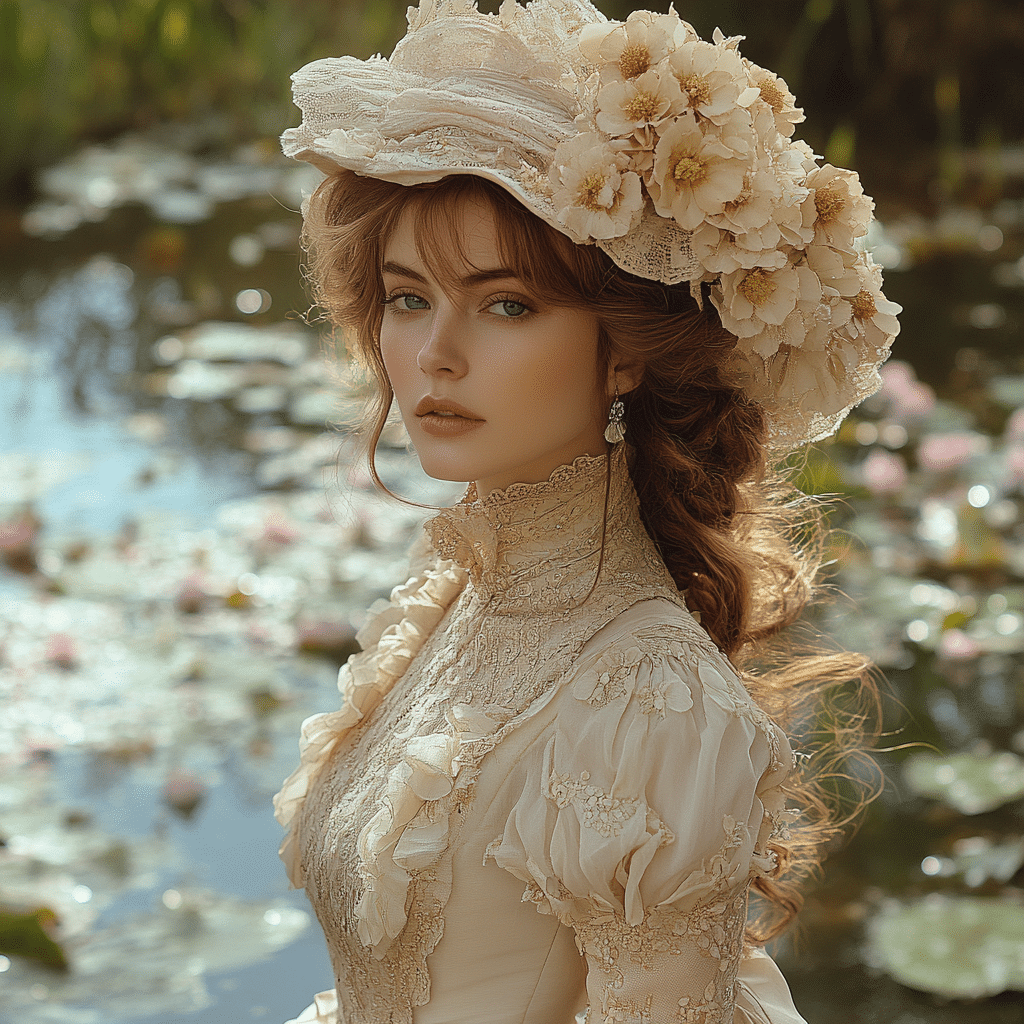
What is the difference between Victorian and Edwardian?
Victorian architecture is known for its ornate and intricate designs, while Edwardian architecture offers a simpler, more elegant look with clean lines and understated details. Edwardian buildings often have symmetrical facades with evenly spaced windows and doors, providing a sense of balance that contrasts with the earlier Victorian styles.
Was 1912 Edwardian or Victorian?
The year 1912 falls within the Edwardian period, which is generally considered to last until the outbreak of World War I in 1914. This period is characterized by both King Edward VII’s reign from 1901 to 1910 and the lingering cultural influences that followed.
What era comes after the Edwardian era?
The era following the Edwardian period is known as the Modern Era. This period is defined by significant social, economic, and political changes rather than any specific monarch, marking a shift in Britain’s global power dynamics.
What is the Edwardian era known for?
The Edwardian era is known for its elegance, luxury, and relative peace, especially among the wealthy. It also marked political reforms that included old age pensions and nature preservation laws, alongside notable advancements in art and culture.
What is the American equivalent to the Edwardian era?
The American equivalent of the Edwardian era would be the Progressive Era, which occurred around the same time and was marked by social activism and political reform aimed at addressing the issues of the industrial age.
Is The Gilded Age Victorian or Edwardian?
The Gilded Age in America overlaps with the Victorian period in Britain, as both were times of great wealth and social change. However, the Gilded Age roughly coincides with the latter part of the Victorian era rather than the Edwardian period.
What was the Edwardian era called in America?
In America, the Edwardian era was often referred to as the Progressive Era, reflecting the social reforms and significant changes happening in society during that time.
What is a 1930s house called?
A house from the 1930s is commonly referred to as a Streamline Moderne or Art Deco style home, depending on its architectural features and design elements, showcasing a shift away from the more ornate styles of earlier decades.
What was the dark side of the Victorian era?
The Victorian era had a darker side that included strict social norms, child labor, and widespread poverty, despite the facade of propriety and morality. Issues like overcrowded cities and inadequate working conditions for the poor were prevalent.
What is the American equivalent to the Victorian era?
In America, the Victorian era is usually linked with the Romantic Era, which coincides with similar aesthetic and cultural movements that emphasize emotional expression and individualism, also seen during Queen Victoria’s reign.
What are the royal eras in order?
The royal eras in order are: the Victorian era under Queen Victoria (1837-1901), the Edwardian era under King Edward VII (1901-1910), followed by the reign of King George V (1910-1936) and then King Edward VIII (1936), before the ascension of King George VI (1936-1952) and eventually Queen Elizabeth II.
What did Edwardian ladies wear?
Edwardian ladies often wore elegant dresses characterized by their long skirts and cinched waists, with high collars and intricate detailing. Understated yet stylish, these outfits reflected the social norms and ideals of femininity at the time.
What do Edwardian houses look like?
Edwardian houses typically feature symmetrical facades, clean lines, and modest decorative elements. They often have larger windows compared to Victorian homes, which adds to the airy and light appearance that sets them apart from their ornate predecessors.
What was marriage like in the Edwardian era?
Marriage in the Edwardian era was often traditional and served social and economic purposes rather than personal happiness. While love did play a role, societal expectations and class considerations heavily influenced marital arrangements.
Why did the Edwardian era end?
The Edwardian era came to an end due to the outbreak of World War I in 1914, which dramatically altered the social and political landscape, shifting the focus from the elegance and leisure of the period to the harsh realities of war and its aftermath.





